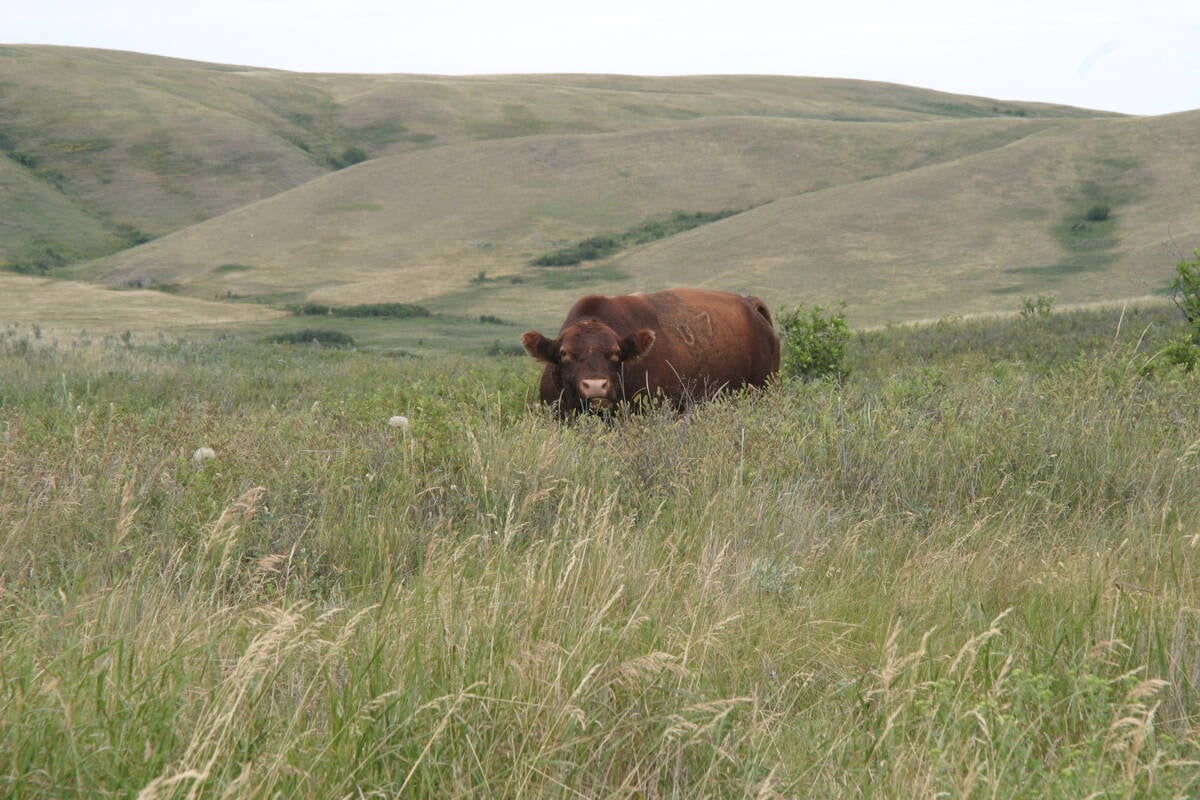QUEBEC CITY — Canada’s meat industry is anxiously awaiting a government decision on how import access will be distributed once new world trade rules take effect next year.
At issue is whether traditional suppliers Australia and New Zealand receive guaranteed access under the new rules, or whether the Canadian market opens to all who can compete. There also is a question of whether European beef is to be allocated some of the Canadian market it has been denied for most of the past decade because its exports are subsidized.
Read Also

Saskatchewan puts crown land auction on hold
Auctions of Saskatchewan crown lease land are once again on hold.
Mike Gifford, Canada’s top agricultural trade negotiator, said the government will have to decide by April 15, when the new General Agreement on Tariffs and Trade (GATT) is officially signed by trade ministers at a meeting in Morocco.
Based on lobbying with the government since a GATT deal was reached in December to replace meat import quotas with tariffs, Gifford said the Canadian meat industry is divided.
Decision wanted soon
“Both sides have made their views known. Those views have been made known to the ministers who will make the decision, I hope before too long,” Gifford told the annual meeting of the Canadian Meat Council.
The Canadian industry is divided between those companies wanting access to the cheapest meat available and those who believe Oceanic suppliers should have a special status. Australia and New Zealand have been lobbying hard to retain their traditional access.
Meanwhile, those who oppose access for European beef, including the Canadian Cattlemen’s Association, fear that European Union meat could enter the country if the access is global rather than designated.
Under the GATT deal to take effect in July 1995, Canada will convert its existing meat import restrictions into tariffs to control the flow of offshore beef into the country. Canada has set its tariff at 31 percent, the same level as the Americans. The tariff will apply on meat entering after a minimum guaranteed access level has been surpassed.
Gifford said the deal to convert the import quotas to tariffs will finally put Canadian meat import rules on the same footing as American rules, a Canadian goal since U.S. import quotas were imposed in 1964.
His Feb. 4 speech was something of a pep talk for the meat industry.
“I don’t think it’s utopian to say that for a country like Canada, the fact that the international community has decided it is time to reform the agricultural rules … can only be a positive development,” he said. The GATT deal “does represent a fundamental reform of the world agricultural trading system.”
















